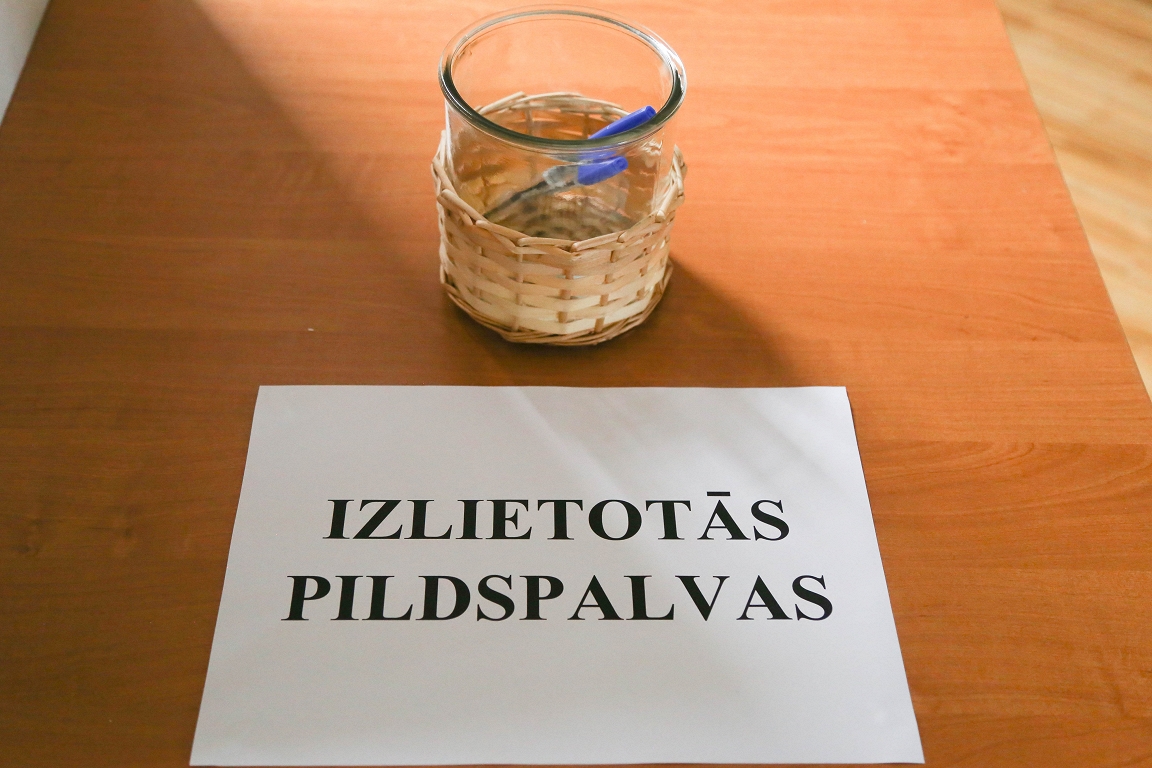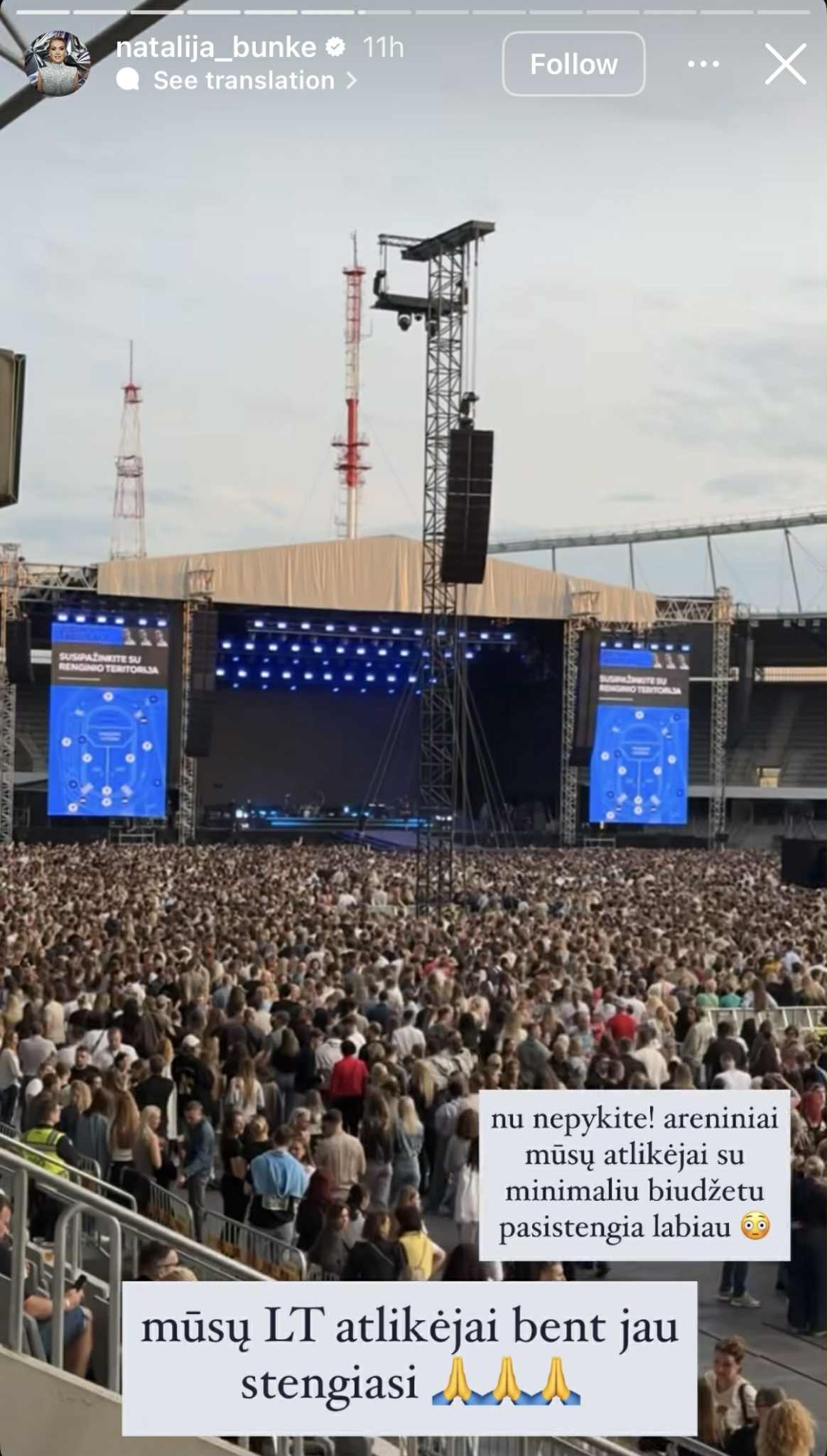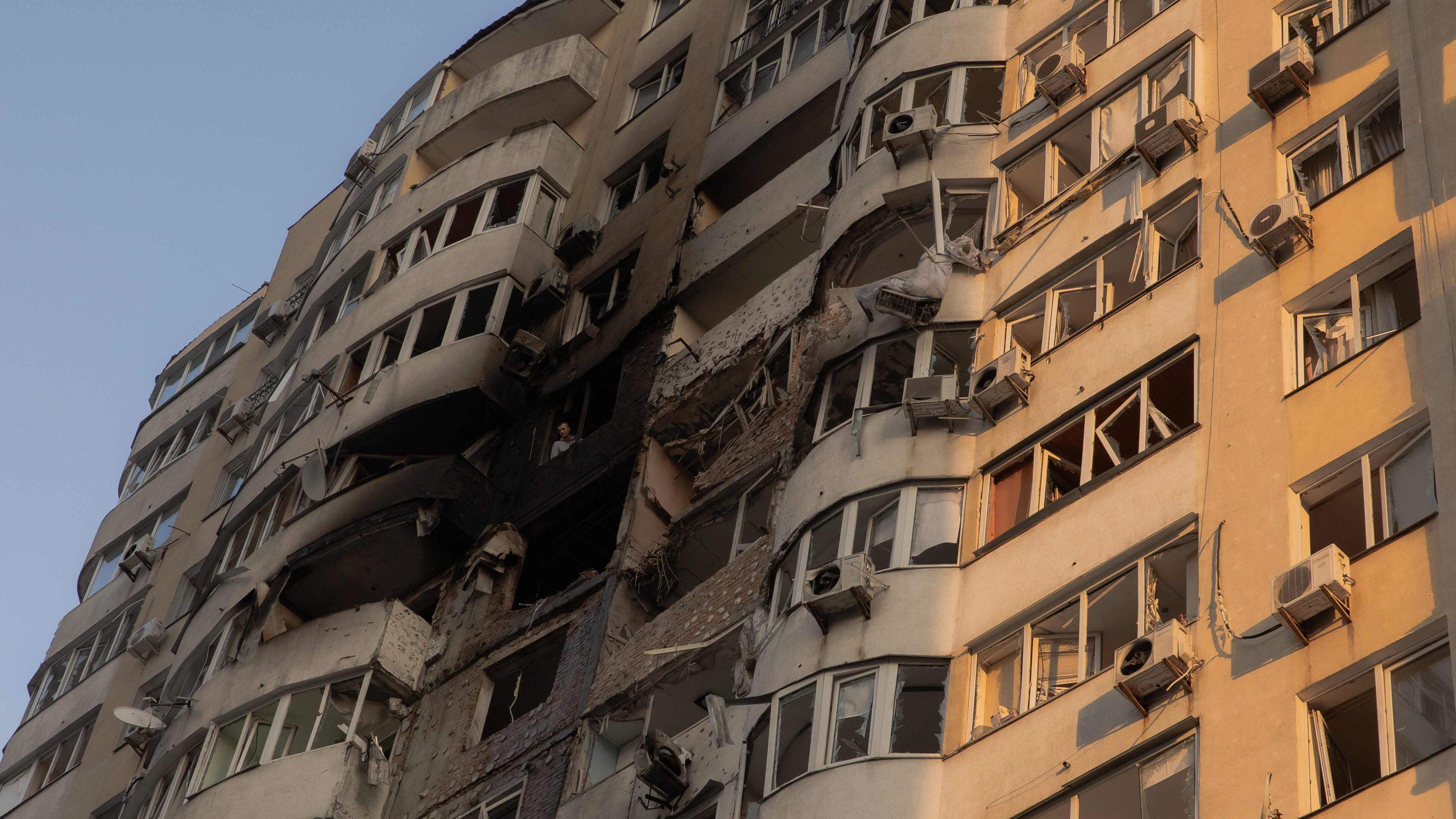In search of gold at the museum

It is not a mythical city of gold seekers and it is not, as in the case of El Dorado, a assumption is that it would be somewhere through Latin America. It is really mythical in this part of Europe-the extraction of gold in the area is documentary attested from 21 BC-and the quantity-thousands of years make us believe that much-precious metal extracted here, is the municipality of Brad.
The gold in the Carpathians sparked wars, drove the gods, has grown kings, wore curses. But beyond legends and passions, however, to the Romanian gold, it has its place in the course of humanity. Gold has always written history! And where we find history not at the museum and my good « speaks » about the precious metal the gold museum in Brad.
When we visit a city for the first time, the museums are on the list « to be done », along with major landmarks and local gastronomy. More than the examination of the artifacts, the paintings of the great masters and the sculptures created by the artisans of an ancient civilization, the museums are spaces of reflection, where the past and the present are separated by a glass panel. As we move from one exhibition hall to another, we can cover thousands of years of history and culture and, as the objects change, as well as the story of those who have achieved them.
The gold museum in Brad is about stories and a especially legend that attracts visitors from all over the world. While El Dorado was a legend in the minds of Spanish conquerors, the mountainous territory of the metaliferous mountains and the extraction of gold here is a reality.
The « Gold Museum » offers a unique look at Romania’s past. The exhibits being suggestive not only for history or geology enthusiasts, but they are for the visual delight of any man they like beautiful things. Located in the heart of the city, the Museum of Gold is a showcase of cultural heritage and one of the few places in Romania where visitors can truly see most authentic pieces but in many millennia.
The impressive collections through the unique exhibits on the world. One of the largest collections of gold and silver ore in Europe can be seen here. And in terms of semiprecious stones, it is probably the largest collection in the world. But what is of particular interest to tourists are the golden or golden rocks, especially since the term « Gold Museum » raises expectations from the beginning. These-let me confirm this for a long time in advance-are 100% fulfilled here! The current number of gold plated exhibits is estimated at 1300, and those without gold at 960. The exhibition presents only part of the exhibits, which also include mining equipment and graphic documentation! The collection was started in 1896, when German geologist, Friedrich Schumacher, employed as a mining geologist and engineer at the relative of twelve apostles in Brad laid the foundations of collections. But they were not made accessible to tourists, for the first time being visited in 1920.
Among the most spectacular forms are the flag of the Dacians, the gold lizards and a pentagonal crystal, unique in the world. There are pieces that have been formed by natural processes, being associated with various plants, objects, animals, depending on the imagination of those who have found them or those who ordered the collections. So received various names, such as: the cannon of Avram Iancu, until Eminescu, Căţelușul, Rățușca, Bride, Crustacean, Bear, Ghepard, Salamandra, Rhinocere, Bărcuța, Vulturul, Cobra, the sign of victory, bride, cloșca, diadema. Each piece of this museum is wearing a story with the hardship of those who have descended into me and the more than 2,000 years of continuous extraction of these deposits.
The native gold collection comes from the minerals of Mount Metaliferi and is one of the world’s most important collections. The museum represents some of the archaeological objects discovered in the Brad-Criscior area that prove the existence of people on these territories 5000 years earlier and the 2000-year-old gold extraction activity. Old utilities and objects used for quartz extraction and processing are exposed.
Geology of gold
Geology showcases reveal the secrets of gold deposits and will meet you with rocks, crystals and glitter.
Gold in the mineral appears in various forms: finely dispersed, free or together with other minerals and rare chemical combinations with telor. Exposed minerals have various forms, some seem to be plants, and others animals, but there are also shapes like the gun are even similar to the Romanian map. This collection of minerals has over 800 pieces that come from all over the world; A glass showcase shows those that were surfaced from the Romanian mines.
An extremely rare piece is also the « golden dodecaler », which can be seen a crystal with 12 faces at the end of other elongated crystals. In the museum there is also a remarkable collection of precious and semiprecious stones – diamonds, rubies, amethysts, turquoises or zirconium that mimics the diamond very well.
When it comes to their value, things are as clear as possible, and the answer comes natural: they are invaluable. Basically the value of these pieces is not given by the amount of gold, but by the form in which they were found in the underground of the mines in the Brad area.
The gold museum in Brad belongs to the National Company of Copper of Gold and Iron « Minvest » SA, I have done this clarification because I will go to strengths and weaknesses.
Nota bene
In the opinion of several geologists who worked in the galleries in the Metaliferi Mountains, the « Gold Museum » in Brad houses the most valuable collection of samples in the world, copies of the most beautiful gold, as removed from the depths, in the last two centuries. In addition to archaeological objects discovered in the Brad-Crişcior area, some 5000 years old, others attesting the extraction of gold in the area two millennia or in the Middle Ages, including a copy of a wooden wagon from the 16th century, are exhibited from the 19th-19th centuries, with which the help of the gold, millennial in the area.
The gold in the ore appears in various forms, of the most unique: finely dispersed, in the form of filaments, blades or granules, free or rare natural chemical combinations, which have been identified for the first time in the world in this area. No exhibit was processed by any gold or jeweler, a particularity that gives uniqueness to the museum. Almost all the pieces, formed by natural processes, in which gold is found in pure form, are unique in the world and have a spectacular shape, and can be similar to different animals, flowers or other objects. Which is a strong point!
But there is much more work
In vain do you have a museum of gold, unique in Europe, if you do not promote it.
Although on the website https://minovestdeva.ro/muzeul-ara/ writes: « Access to the museum is made in organized groups of maximum 10 people », you do not find an application available as a download for Android and iOS to facilitate those waiting for access, with a mobile phone or a tablet, to familiarize with the history and the history of the room.
But who knows maybe … hope dies last.
The Gold Museum is located in the center of Brad municipality (Independeței str., No. 3) and can be visited daily (including at the weekends) between 9 and 17 hours. You can contact them directly by ringing on the phone: 0254 612 300. For more information go to the website https://minovestdeva.ro/muzeul-arului/#Expositions.











